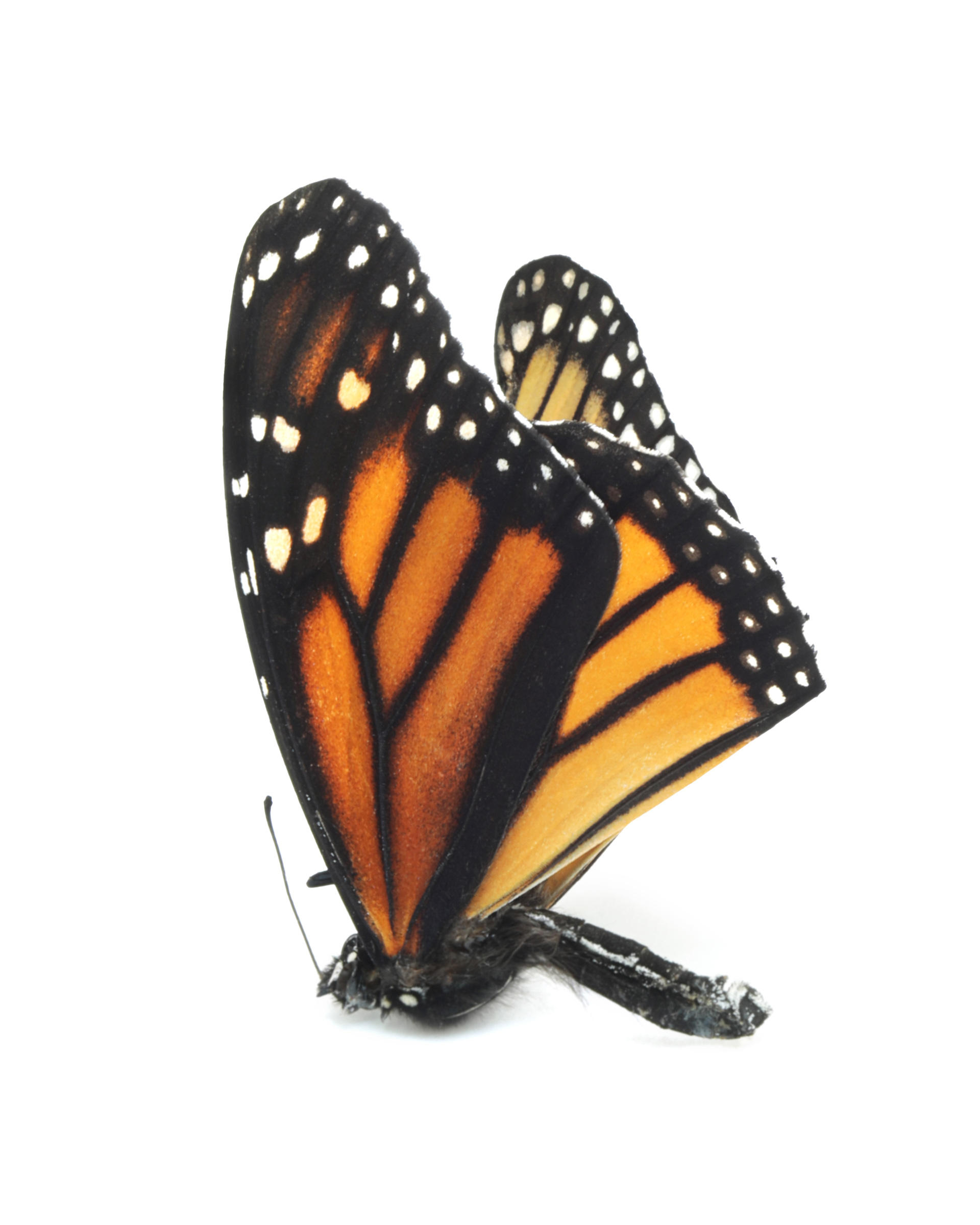
grace
Found this garnet jewel in the driveway this morning. One wing was torn, and the abdomen damaged. Which suggests an encounter with a bird. But only a few species of birds eat monarchs because they store toxins from milkweed plants, and thus become toxic to most predators. It could have been pathogens. Or even simply cold nights. Or, simply old age. Godspeed madame monarch.
A few facts from Wiki:
Monarchs transition from eggs to adults during warm summer temperatures in as little as 25 days, extending to as many as seven weeks during cool spring conditions. Adults typically live for 2–5 weeks during their breeding season. In North America, monarchs migrate both north and south on an annual basis, making long-distance journeys that are fraught with risks. This is a multi-generational migration, with individual monarchs only making part of the full journey.
female monarch butterfly (Danaus plexippus)



Just like family members – the same, but different